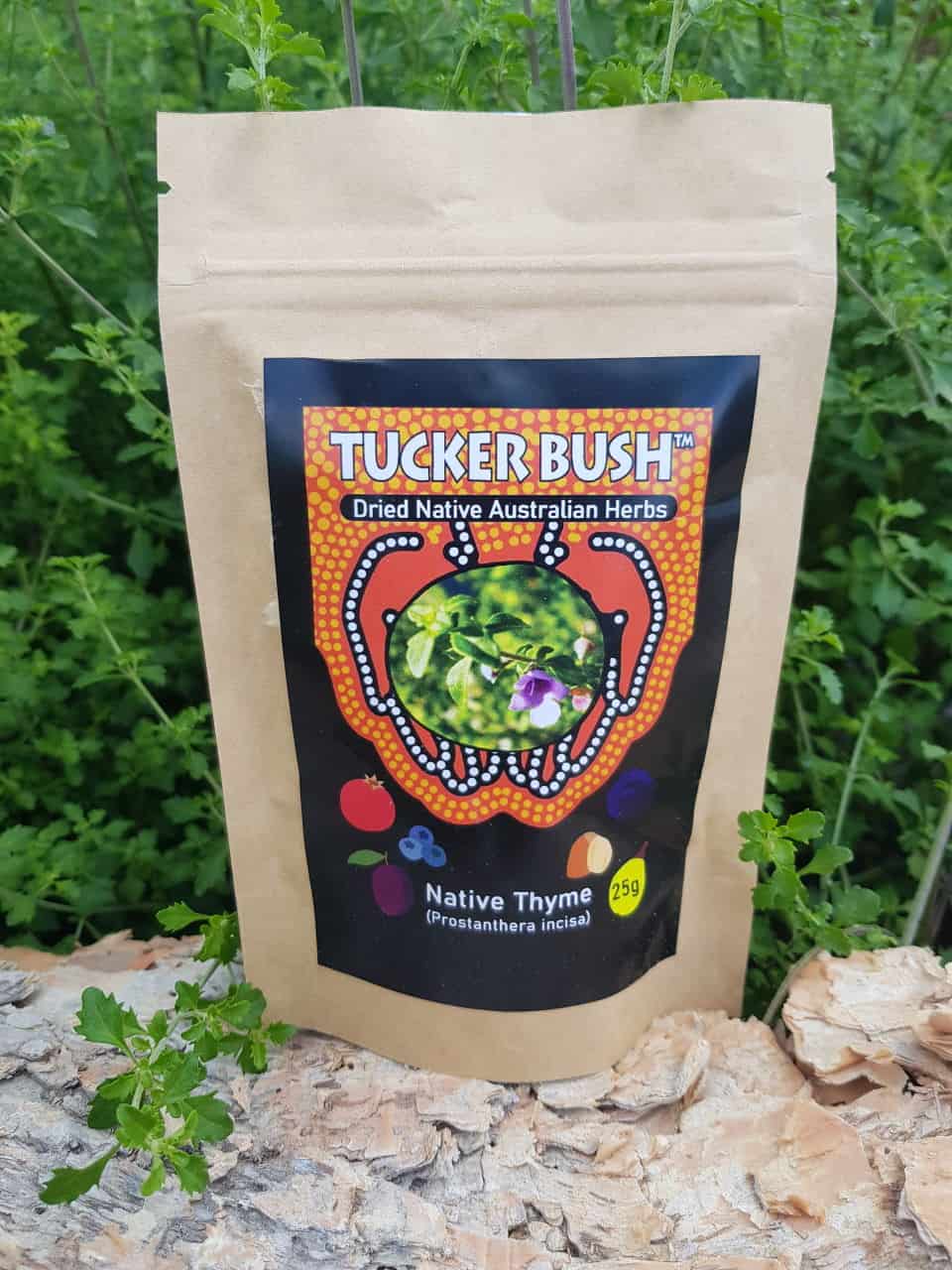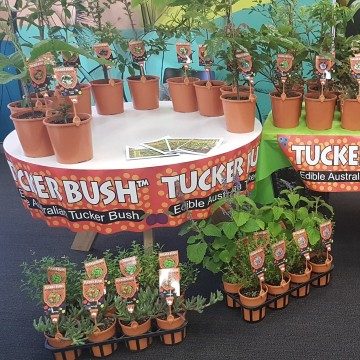As the world becomes more saturated in up-to-the-minute fashions and mass production, people are broadly craving more authenticity and substance, craving something that withstands the test of time.
It’s no wonder that the “lived-in” garden, with its lasting and timeless aesthetic, has been named among the top 8 garden trends of 2025. From Nature’s Renaissance: 2025 Garden Trends Report by Garden Media Group:
This movement is a delightful shift from the pristine and untouched towards a more genuine, seasoned aesthetic. It reflects a broader societal craving for authenticity, a desire that has manifested, somewhat confusingly, from worn iPhones and used Rolexes to the iconic $645 Golden Goose Sneakers. These items, cherished for their lived-in look, resonate because they feel personal, sentimental—truly loved.
The “lived-in” garden boasts of timeless charm, evinced by mature trees and other deep-rooted greenery. In this pocket of nature removed from the mercurial twists of taste and time, one feels couched in a slower pace of living and the luxury of connecting with a living space, immune to the demands of the day. Especially with edible bushfood plants to strengthen our human connection with the earth.
A recently updated blog post by OpenAgent notes that a well-landscaped garden not only adds immediate value to a property, but also increases its value over time:
According to landscape economist John Harris, good landscaping can add up to 28% to your home’s overall value. And according to a research paper by Clemson University Professor Mark S. Henry, even taking your landscaping and gardening efforts from ‘good’ to ‘excellent’ could add significant value to your home – at least 6-7%.
It’s also interesting to note that 70% of real estate agents who were interviewed for the 2011 Husqvarna Global Garden Report believed that a neglected garden lowers property prices by somewhere between 5-15%. Another 17% believed the effect could be even higher.
Starting a “lived-in” garden from scratch
While it might seem ironic to be planting a brand new “lived-in” garden, it’s hard to argue with the old saying: “The best time to plant a tree was thirty years ago. The second best time is now.”
So, in the interest of starting somewhere – such as a burgeoning “lived-in” bushfood garden – here’s what we recommend:
What to plant
If you can’t find or afford suitable older trees, choose instead a fast-growing species or one that is adapted to the soil and climate in your area. Boosted by natural growing conditions and good soil, your sapling could start looking very established within just a couple of years.
That said, even younger trees can feel like part of an older, more established space alongside shrubs and perennial herbs and flowers. Applying the “microforest mindset” – combining a diverse mix of trees, shrubs, herby plants, and forest floor coverings – can be a great kickstart to your “lived-in” aesthetic.
For the best start, we recommend the following times of the year for planting your bush tucker plants, depending on where you live. Note, these are only approximate recommendations, given the variation in climates across Australia:
- Zones 1 and 2: From late September onward, after the last frost
- Zones 3 and 4: From April onward, a few weeks before the wet season
- Zones 5, 6 and 7: From mid-April onward, to allow plants the maximum time to establish before the next wet monsoon period
Let’s talk about gardens!
Come find us at “Exploring Bush Botanicals with Tucker Bush” June 30th – July 2nd 2025.
Mark from Tucker Bush will be there to talk about garden design and maintenance, and give you his recommendations for the best bushfood plants for your lived-in backyard paradise.
Nurture substance as your style
The Garden Media report notes that “lived-in” gardens are “meticulously designed to appear is if they have been nurtured for decades”. In other words, give yourself permission to embrace and nurture imperfection to achieve that timeless aesthetic.
Favour dense plantings over neat and tidy layouts. This can mean either planting many plants close together (though not necessarily to the extent of a “mass planting”) or choosing plants with dense, bushy foliage for visual effect.
Let your plants grow a bit wild. Let climbers and sprawlers choose their own path, cutting them back only if they become a nuisance or a safety hazard. There’s comfort in the natural chaos, which you can offset with pops of stand-out colours or interesting pieces of garden decor.
Include plenty of natives and beneficial weeds, the kinds of plants that could believably take over an ecosystem over a long period of time. Chickweed (Stellaria media), Ruby Saltbush (Enchylaena tomentosa), Warrigal Greens (Tetragonia tetragonioides), Bush Basil (Plectranthus graveolens), Native Lemongrass (Cymbopogon ambiguus) and Native Leek (Bulbine Bulbosa) among many easy-to-grow, self-seeding edible native species.
Shop “circular” for your garden decor. The “circular economy”, aka. secondhand shopping, is the ideal go-to for finding pre-loved pieces that have lived beyond their new, storebought phase of life. Let worn edges and imperfections form part of your garden’s look and feel.
Bushfood for Beginners
If you’re new to bushfood plants, our Bushfood for Beginners book is a handy “getting started” guide for novice and anxious intermediate gardeners.
You’ll find facts and tips on the top 40 plants in the Tucker Bush range – more than enough to grow native edibles in your “lived-in” garden.






